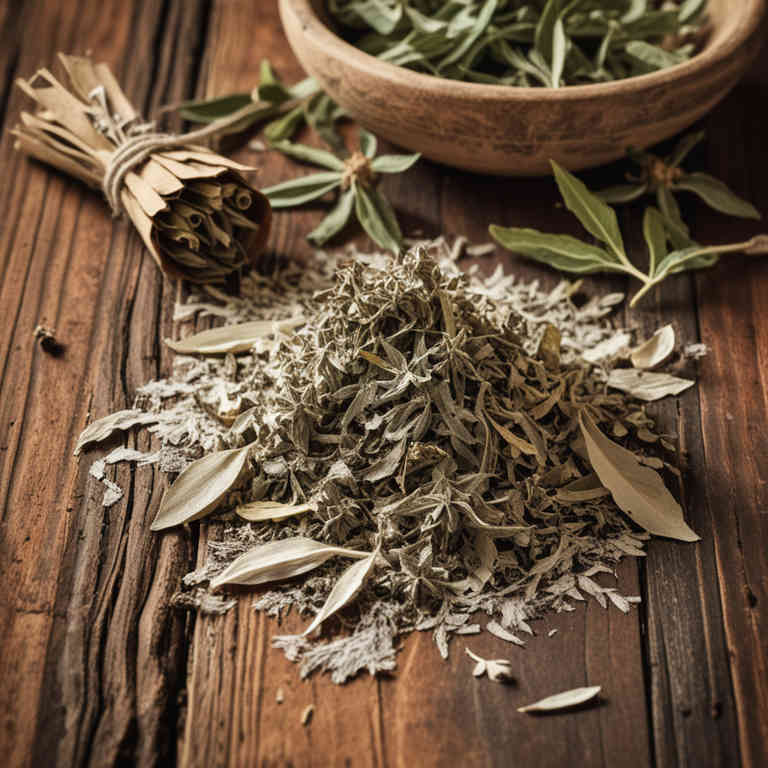10 Best Santalum Album Preparations
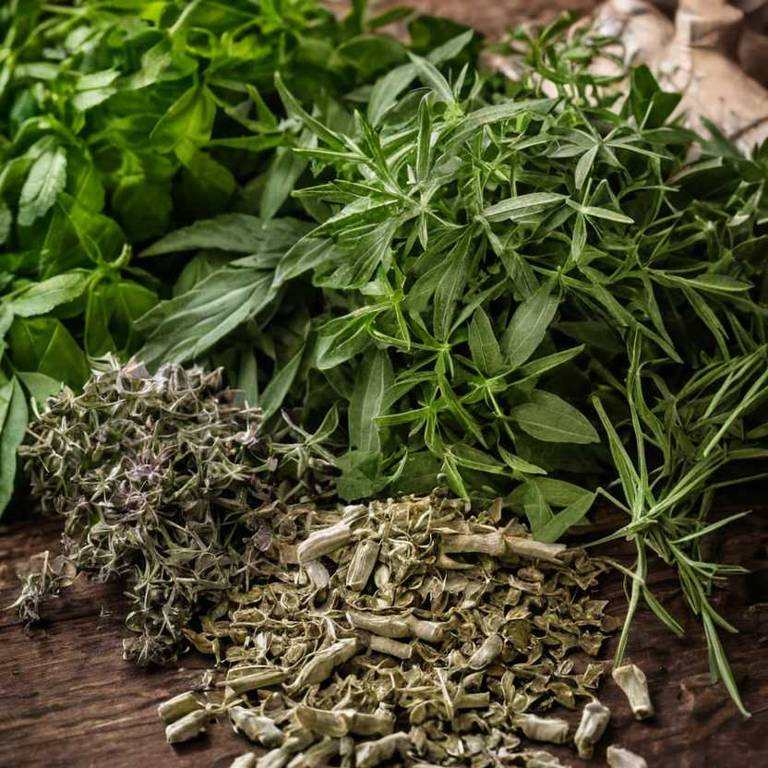
The best medicinal preparations of Santalum album are teas, decoctions, tinctures, essential oils, and creams, each offering unique therapeutic benefits.
Teas made from dried santalum album leaves are commonly used to promote relaxation and improve sleep.
Decoctions, which involve boiling the bark or wood, are valued for their ability to support respiratory and digestive health.
Tinctures provide a concentrated form of the herb, often used for its calming and anti-inflammatory properties.
Essential oils derived from the wood are prized for their aromatic and therapeutic effects, while creams infused with santalum album are used topically to soothe skin conditions and reduce inflammation.
Below there's a list of the 10 best herbal preparations of santalum album for medicinal purposes.
1. Teas
Santalum album teas is commonly used to promote relaxation, reduce stress, and support respiratory health.
This herbal preparation is often used to treat ailments such as anxiety, insomnia, and mild respiratory conditions like coughs and bronchitis. The bioactive constituents responsible for its medicinal properties include compounds like santalols, sesquiterpenes, and flavonoids, which have anti-inflammatory, antioxidant, and calming effects. These compounds contribute to the tea's ability to soothe the nervous system and ease breathing.
Additionally, it is believed to have mild antiseptic properties that may aid in treating minor infections.

2. Decoctions
Santalum album decoctions is commonly used to treat a variety of ailments including respiratory conditions, skin disorders, and inflammatory diseases.
These decoctions are traditionally prepared by boiling the wood or leaves of the sandalwood tree to extract its active components. The most common medicinal uses include alleviating symptoms of asthma, reducing inflammation, and promoting skin healing. Bioactive constituents such as sesquiterpene compounds, particularly santalols and sandaracopins, are believed to contribute to its anti-inflammatory, antimicrobial, and analgesic properties.
These compounds help explain the plant's traditional role in herbal medicine for various therapeutic purposes.
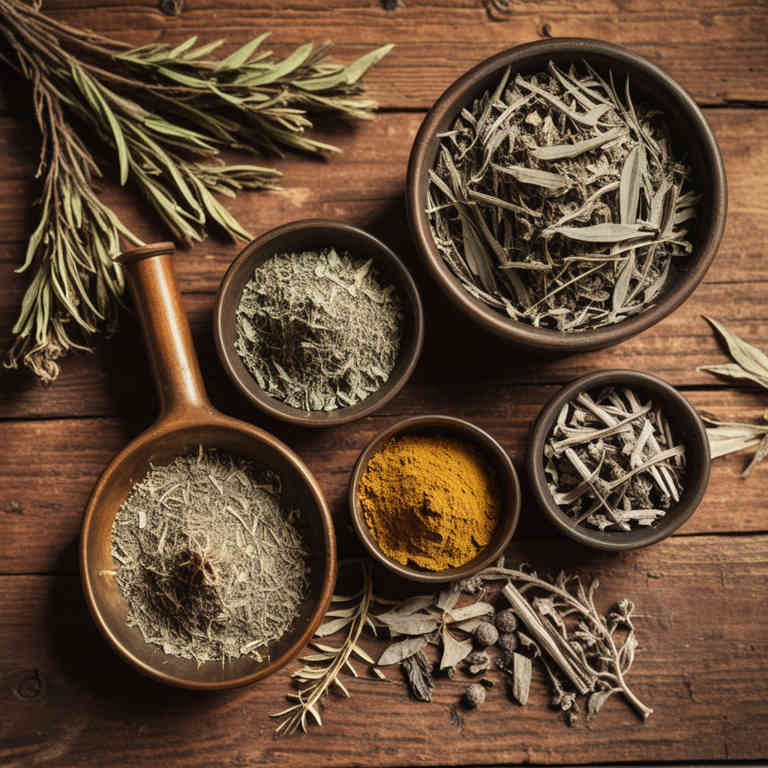
3. Tinctures
Santalum album tinctures is commonly used to treat various ailments such as skin conditions, respiratory issues, and inflammatory disorders.
These tinctures are often applied topically for their soothing and healing properties or taken internally for their antimicrobial and anti-inflammatory effects. The most common medicinal uses include treating eczema, psoriasis, acne, and symptoms of asthma or bronchitis. The bioactive constituents responsible for these effects include santalols, sesquiterpenes, and flavonoids, which have antioxidant, anti-inflammatory, and antimicrobial properties.
These compounds work synergistically to provide the therapeutic benefits associated with Santalum album tinctures.
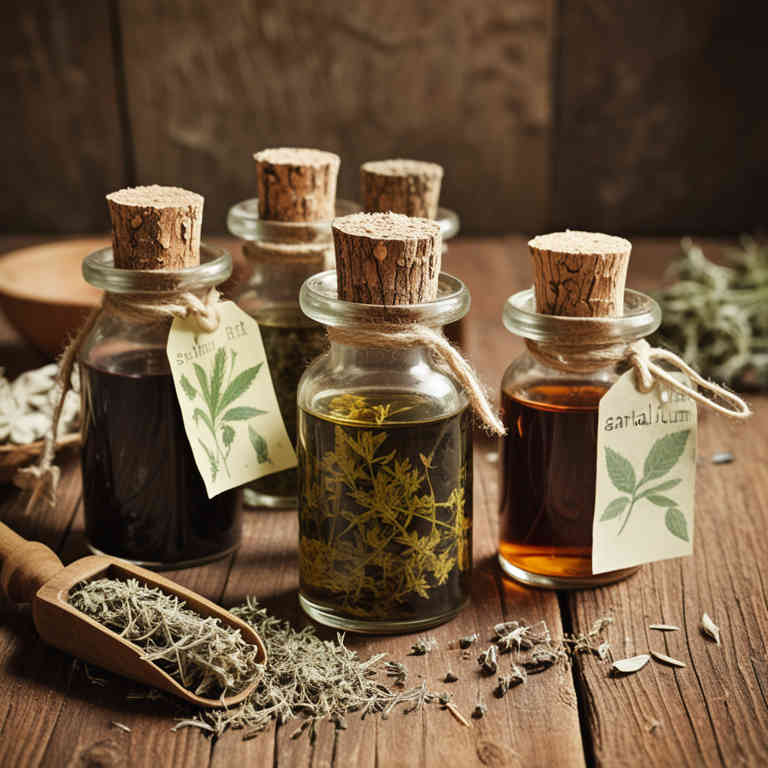
5. Creams
Santalum album creams is commonly used to treat skin conditions and promote wound healing due to their soothing and anti-inflammatory properties.
These creams are frequently applied for ailments such as eczema, psoriasis, and minor burns. The bioactive constituents responsible for these medicinal effects include santalol, santalic acid, and various terpenoids. These compounds exhibit antimicrobial, antioxidant, and anti-inflammatory activities.
Additionally, the creams are sometimes used in aromatherapy to reduce stress and enhance relaxation.
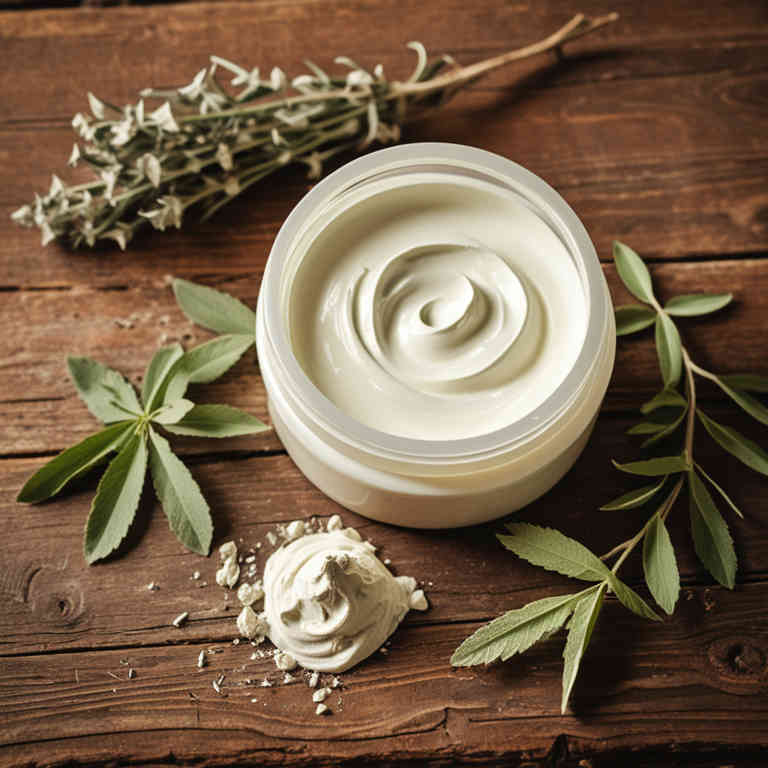
6. Oils
Santalum album oils is commonly used to treat skin conditions, stress-related disorders, and respiratory issues.
These oils are widely utilized in aromatherapy and traditional medicine for their calming and therapeutic effects. The most common medicinal uses include alleviating anxiety, improving sleep quality, and reducing inflammation. Bioactive constituents such as santalol and santalone contribute to its sedative, anti-inflammatory, and antimicrobial properties.
These compounds are responsible for the oil's ability to promote relaxation and support overall well-being.

7. Syrups
Santalum album syrups is commonly used to treat respiratory and digestive disorders, as well as to alleviate symptoms of anxiety and insomnia.
These syrups are traditionally employed for conditions such as asthma, cough, bronchitis, and gastrointestinal issues like indigestion and inflammation. The bioactive constituents responsible for these medicinal effects include sesquiterpene lactones, phenolic compounds, and volatile oils, which possess anti-inflammatory, antimicrobial, and sedative properties. These compounds work synergistically to reduce inflammation, suppress microbial growth, and promote relaxation of the nervous system.
As a result, Santalum album syrups are valued in both traditional and complementary medicine for their holistic therapeutic benefits.
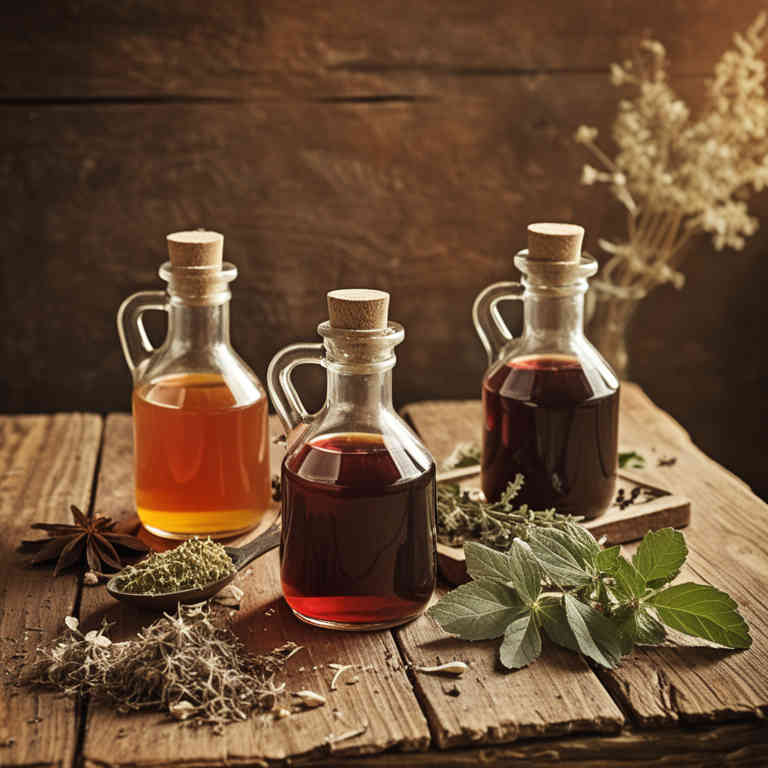
8. Juices
Santalum album juices is commonly used to treat a variety of ailments including skin disorders, inflammation, and digestive issues.
The juice is believed to have anti-inflammatory, antimicrobial, and antioxidant properties. It is often applied topically for conditions such as eczema, psoriasis, and wounds. Internally, it may help alleviate symptoms of gastritis and digestive discomfort.
The bioactive constituents responsible for these effects include santalols, sesquiterpenes, and flavonoids, which contribute to its therapeutic benefits.
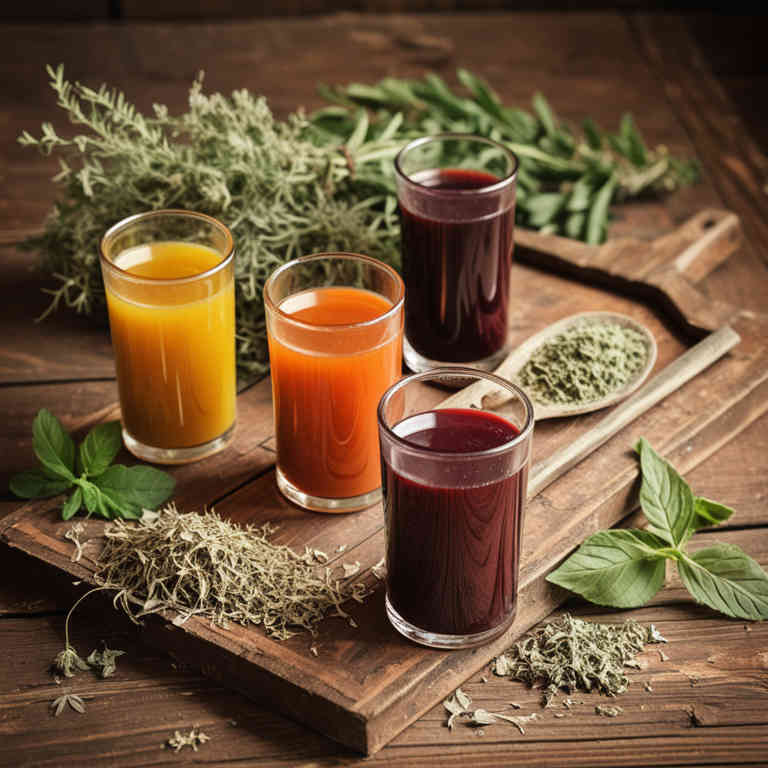
9. Linctuses
Santalum album linctuses is commonly used to alleviate respiratory conditions such as coughs, bronchitis, and asthma.
This herbal preparation is valued for its soothing and expectorant properties, which help to loosen mucus and ease breathing. It is also used to treat sore throats and inflammation of the upper respiratory tract. The bioactive constituents responsible for its medicinal effects include sesquiterpene lactones, alkaloids, and phenolic compounds, which possess anti-inflammatory, antimicrobial, and bronchodilatory activities.
These compounds work synergistically to reduce irritation and improve respiratory function.
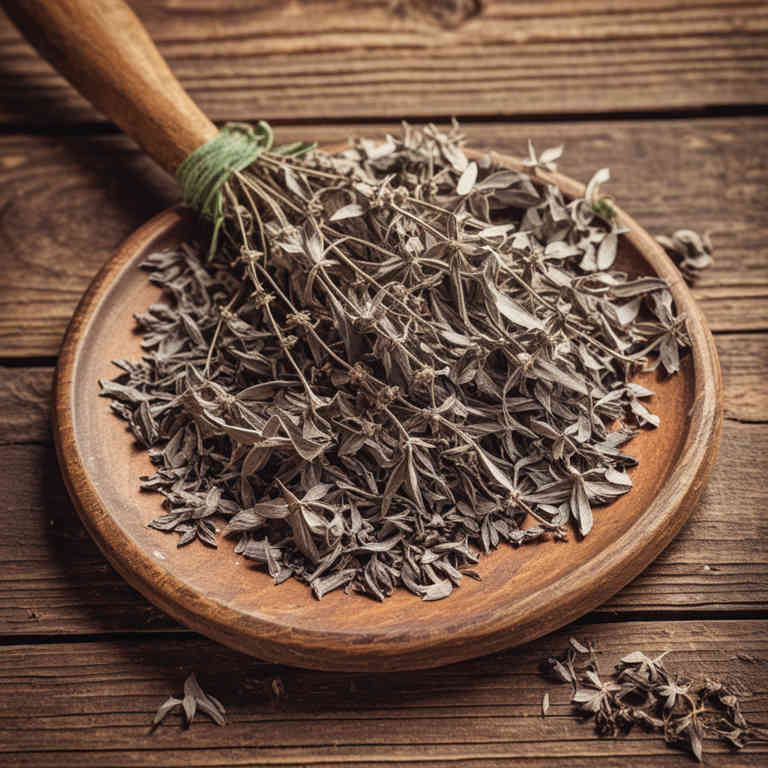
10. Mucillages
Santalum album mucillages is commonly used to treat inflammatory conditions, digestive disorders, and skin ailments due to its soothing and healing properties.
The most common medicinal uses include alleviating symptoms of gastritis, ulcers, and eczema, as well as reducing inflammation in respiratory and joint conditions. The bioactive constituents responsible for these effects include polysaccharides, tannins, and flavonoids, which exhibit antimicrobial, anti-inflammatory, and antioxidant activities. These compounds contribute to the mucilage's ability to protect and repair mucous membranes.
Additionally, the mucilage's ability to form a protective film over irritated tissues enhances its therapeutic value in various medical applications.
